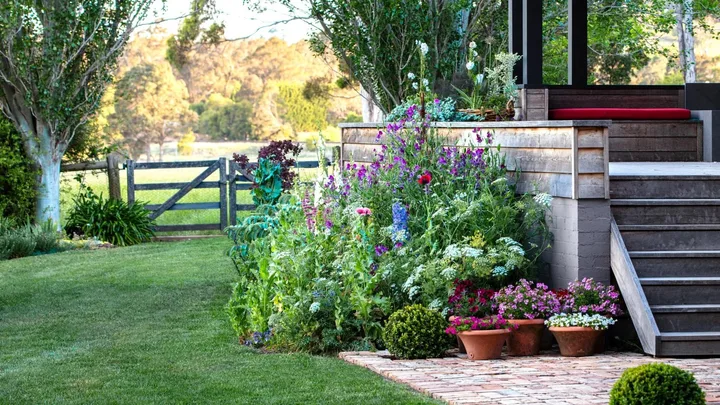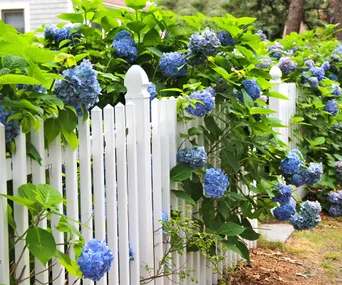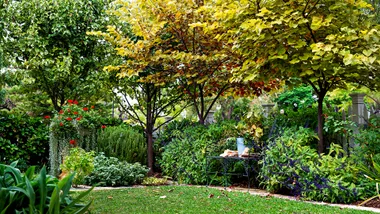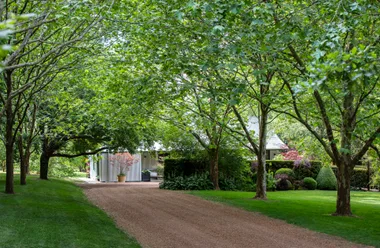Watering plants – it sounds simple, right? Just get the hose, or watering can, and let the water flow until the plants have had their fill. And while this does describe the general routine of plant watering, once you actually go to do it, you might find yourself overthinking the whole process and asking questions like: how much water do my plants need? What is the best time of day to water my plants? Will wetting the plant’s leaves cause burns? Then there’s the matter of being water-wise in the garden.
Here, we get to the bottom of plant watering, and teach you how to take the guesswork out of the task to ensure your garden is getting just the right amount of hydration.
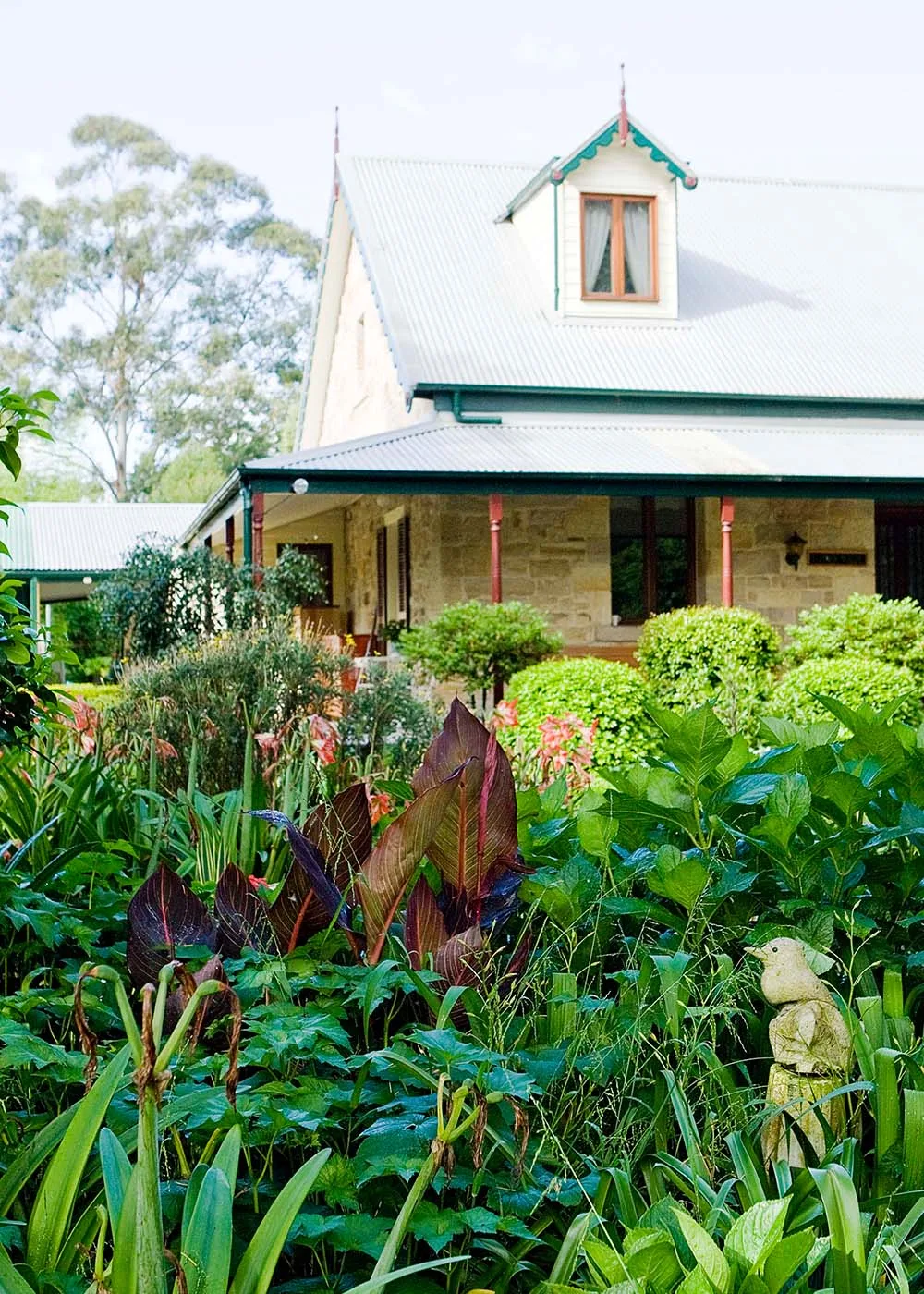
Soil composition 101
Soils that are sandy in texture take the least water to wet a given depth but dry out again quite quickly.
Heavier, clay-based soils take the most water, but they also hold that water for the longest time so don’t need to be rewatered as often as sands.
Loamy soils (an ideal mix of sand, clay, silt and organic matter) sit between the clays and the sands.
How to work out the correct amount of water for plants
Aim to apply 25–30mm each time you water. That will wet sandy soil to a depth of between 150–175mm, but only half that depth if your soil is clay based.
To find out how long you need to run a sprinkler to deliver that amount of water, place a rain gauge, or a straight-sided jar or tin, within the range of the sprinkler. Turn the sprinkler on full and note the time.
In exactly 15 minutes turn the sprinkler off and measure the depth of the water collected. Multiply that figure by four to get an hourly rate of delivery in millimetres.
To check on moisture penetration, wait two hours then dig down. Adjust the length of sprinkler operation in order to wet the soil to root depth.
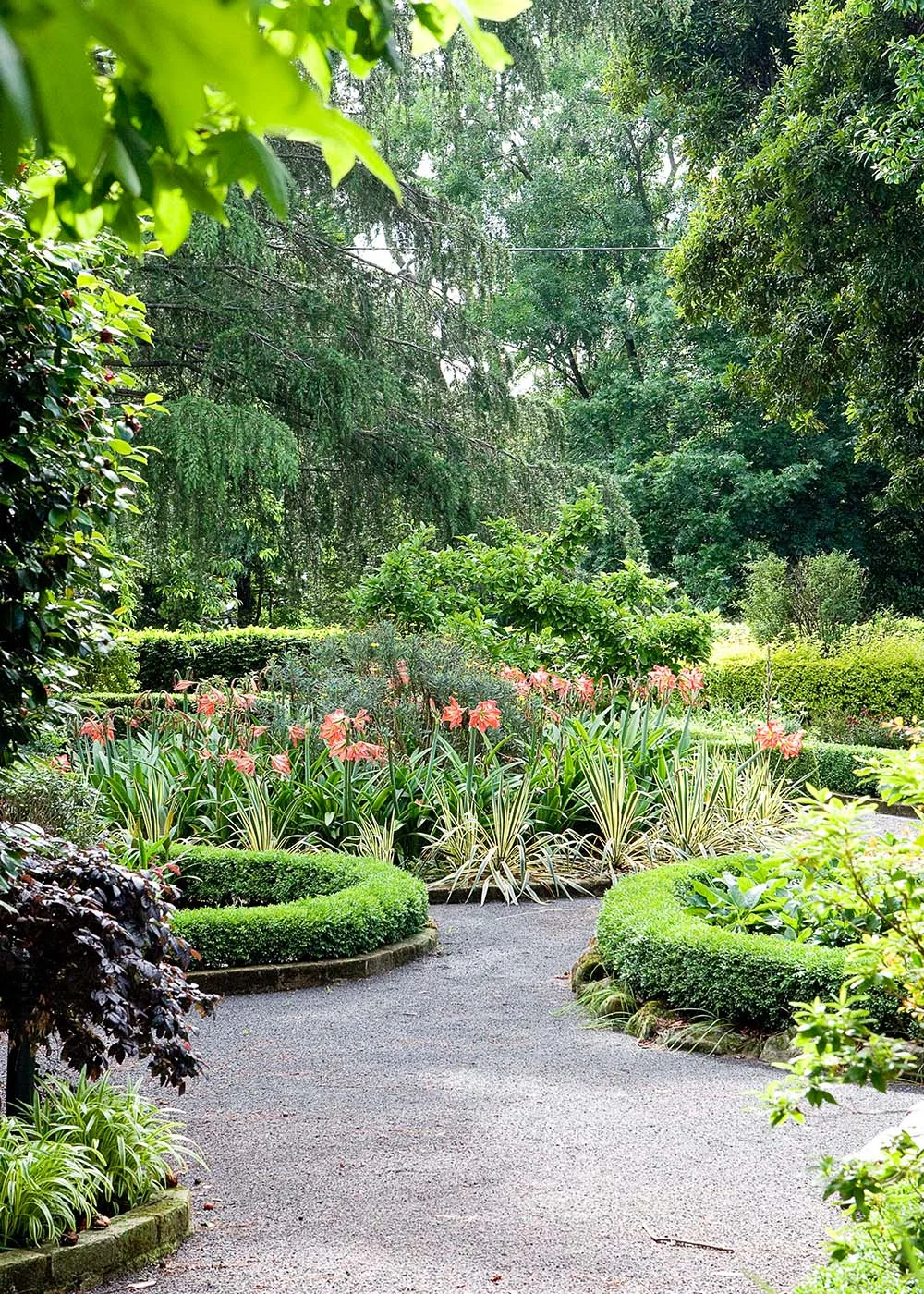
What happens if you don’t use enough water?
Roots seek out water and if only the top few centimetres of soil are wetted, roots will rise up to the surface where they’ll be vulnerable to drying out. Thirsty plants will often look droopy (but perk back up once watered), have brown or curling leaves (not yellow leaves) and roots that are dried out.
What happens if you use too much water?
You’ll know plants are getting too much water if the lower leaves start to turn yellow and if the plant looks sad and droopy.
When is the best time of day to water plants?
The best time to water your plants is whenever you have the time (some water is better than no water at all), but many gardeners swear by watering in the morning. Watering in the morning has several advantages including:
- Cooler morning temperatures reduce surface evaporation, allowing moisture to penetrate deep into the soil
- Ensures plants are hydrated as temperatures rise
- Allows any excess moisture to evaporate over the course of the day, preventing root rot
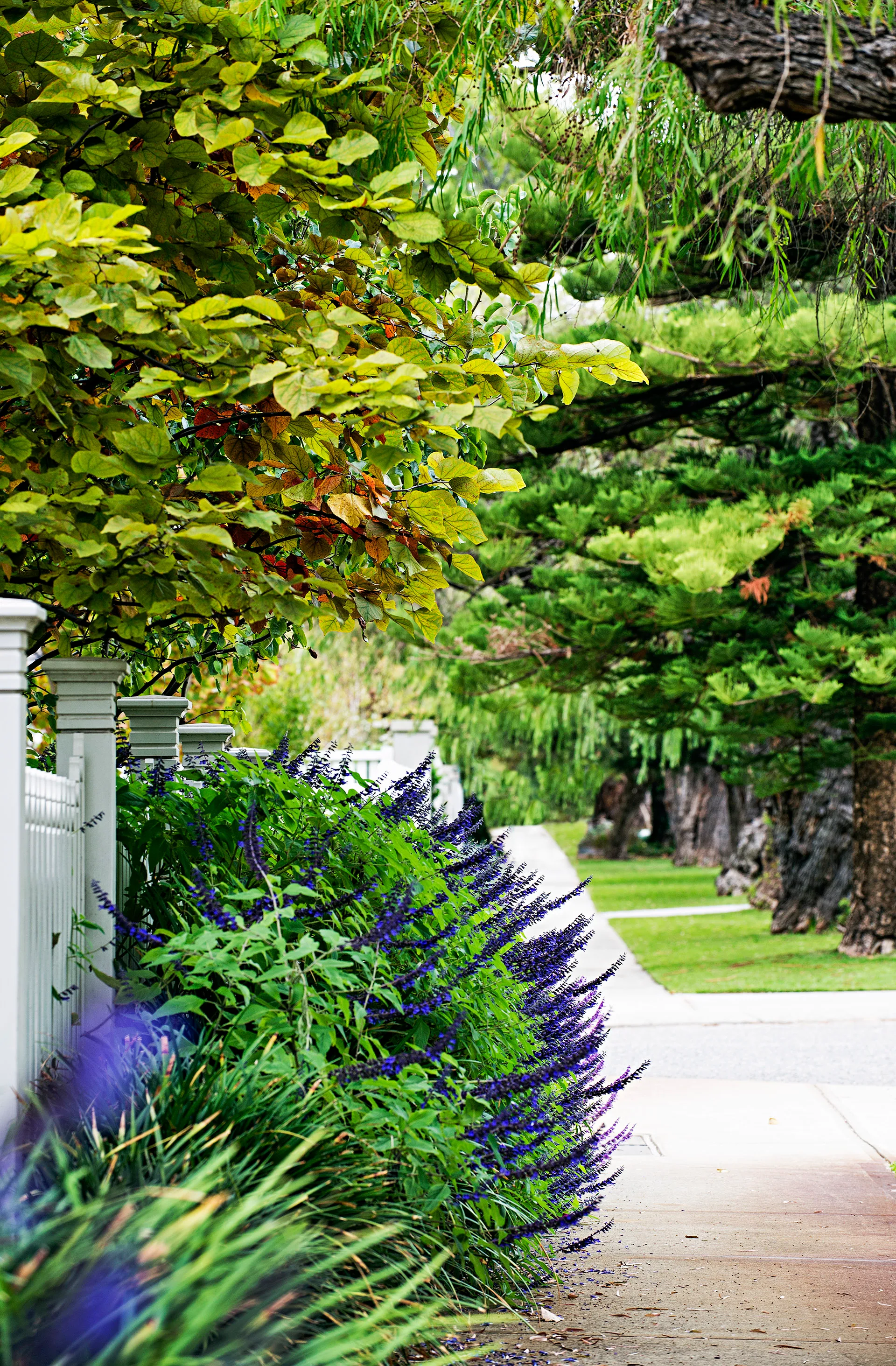
Will wetting leaves cause burns?
Getting water on the leaves of your plants is totally harmless, so if you’ve gotten a bit carried away with the hose, don’t fret. You may have heard this myth, but you can rest assured, it’s completely false. Leaf ‘burns’ occur when a plant doesn’t have enough moisture in its leaves, making it susceptible to scorching and drying out.
Don’t forget to mulch
Applying organic mulch to the garden is extremely important to help keep your plants hydrated throughout the hot summer months. Organic mulch (basically any kind of mulch that breaks down over time, including bark, leaves, straw, woodchips or compost) reduces moisture loss from the soil and, over time, will break down to nourish your plants.
